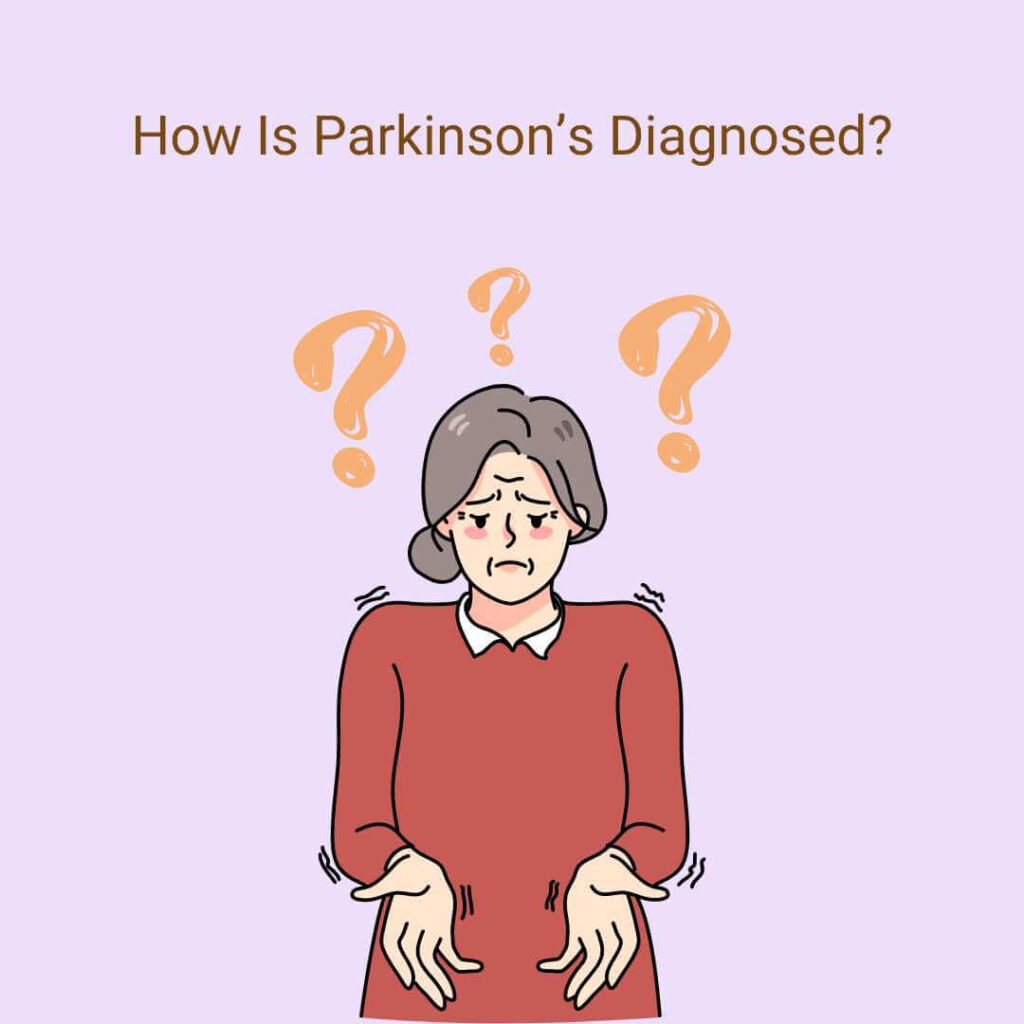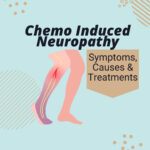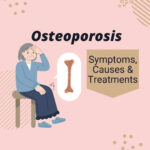The diagnosis of Parkinson’s involves a comprehensive evaluation that takes into account various factors, including medical history, physical examination, and specific diagnostic tests. In this blog we answer the question: How is Parkinson’s diagnosed?
Early detection of Parkinson’s disease allows for prompt initiation of appropriate treatment strategies. Timely intervention not only helps manage symptoms effectively but also improves the quality of life for individuals living with the condition.

Key Steps in Diagnosing Parkinson’s Disease
It is important to note that there is currently no definitive test for diagnosing the condition, and a comprehensive evaluation by a qualified medical practitioner is crucial for an accurate diagnosis. A specialist will take the following 4 steps to diagnose for the disease.
1. Physical examination to assess motor symptoms
The first step in diagnosing Parkinson’s disease is a thorough physical examination to assess the patient’s motor symptoms. The physician will carefully observe the patient’s movements, looking for signs such as tremors, rigidity, and bradykinesia (slowness of movement). These are classic motor symptoms associated with Parkinson’s disease.
During the examination, the doctor may ask the patient to perform certain tasks, such as walking or reaching for objects, to evaluate their coordination and balance. They may also check for other physical manifestations like stooped posture or a shuffling gait.
2. Reviewing medical history and family health information
Another crucial aspect of diagnosing Parkinson’s disease is reviewing the patient’s medical history and family history. This helps identify any potential risk factors or genetic predispositions that could contribute to the development of the condition.
The physician will inquire about previous illnesses, medications taken, and exposure to environmental toxins that might be relevant. They will ask about any family members who have been diagnosed with Parkinson’s disease since there is evidence suggesting a genetic component in some cases.
3. Observation of response to medicines
To further support a diagnosis of Parkinson’s disease, doctors often conduct tests with medicines. Common medicines used in these trials are levodopa and dopamine agonists, which help replenish dopamine levels in the brain. Dopamine plays a critical role in regulating movement and is significantly affected by Parkinson’s disease due to dysfunction within the dopamine system.
During these trials, patients are closely monitored for changes in their motor symptoms after taking the medicines. If they experience a significant improvement in their movement abilities, it can provide valuable diagnostic information pointing toward Parkinson’s disease.
4. Conducting neurological tests and imaging scans
In addition to physical examinations and medication trials, doctors may perform various neurological tests and imaging scans to aid in the diagnosis of Parkinson’s disease. These tests help rule out other conditions that may present with similar symptoms or provide further evidence supporting a Parkinson’s diagnosis.
Neurological tests can include assessments of cognitive function, as some individuals with Parkinson’s disease may also experience cognitive impairment. Imaging scans, such as magnetic resonance imaging (MRI) or positron emission tomography (PET), can reveal changes in the brain associated with Parkinson’s disease, such as reduced dopamine transporter activity.
A DATScan, short for dopamine transporter scan, is a diagnostic imaging test that plays a crucial role in the diagnosis of Parkinson’s disease. During a DATScan, a small amount of the radiopharmaceutical is injected into the patient’s bloodstream. It then travels to the brain and selectively attaches itself to dopamine transporters. These transporters are responsible for reabsorbing dopamine, a neurotransmitter involved in controlling movement and coordination. By using gamma cameras or similar imaging devices to measure the density of these transporters, doctors can capture detailed images of the brain and analyze them to determine if there are any abnormalities present.
Factors Considered by Doctors During Diagnosis
Age, Gender, and Overall Health Condition as Contributing Factors
A patient’s age, gender, and overall health condition play a significant role in the diagnosis of Parkinson’s disease. While the disease can affect individuals of various ages, it most commonly develops in people over the age of 60. However, cases of early-onset Parkinson’s can occur in individuals as young as their 30s or 40s.
Gender may also be considered by doctors during the diagnostic process. Studies have suggested that men are slightly more prone to developing Parkinson’s disease than women. This difference may be attributed to hormonal factors or variations in genetic susceptibility between genders.
The patient’s overall health condition is another crucial aspect evaluated by physicians when diagnosing Parkinson’s disease. Certain medical conditions or medications can mimic symptoms similar to those observed in Parkinson’s patients. Therefore, a thorough assessment of the patient’s health history is essential for an accurate diagnosis.
Duration, Frequency, and Progression of Symptoms
The duration, frequency, and progression of symptoms experienced by a patient are vital factors taken into account during the diagnostic process for Parkinson’s disease. Typically, doctors look for specific motor symptoms associated with this condition, such as tremors (involuntary shaking), bradykinesia (slowed movement), rigidity (stiffness), and postural instability (balance problems).
To determine if these symptoms align with a potential Parkinson’s diagnosis, physicians examine how long the patient has been experiencing them. The persistence of these symptoms over an extended period is often indicative of underlying neurological issues.
Doctors assess the frequency at which these symptoms occur. Parkinson‘s-related motor symptoms tend to appear on one side of the body initially and gradually progress to both sides as the disease advances, worsening over several years.
Presence or Absence of Non-Motor Symptoms
In addition to motor symptoms, doctors also consider the presence or absence of non-motor symptoms when diagnosing Parkinson’s disease. These can include sleep disorders, depression, anxiety, constipation, loss of sense of smell (anosmia), and cognitive impairment.
Sleep disorders are common among Parkinson’s patients and may manifest as insomnia or excessive daytime sleepiness. Depression and anxiety are also prevalent in individuals with this condition due to the impact it has on their daily lives.
Early Symptoms Of Parkinson’s
Parkinson’s disease is a progressive movement disorder that affects millions of people worldwide. While it may start with subtle symptoms, early detection plays a crucial role in managing the condition effectively. We have written a full article on the early signs that you’ll get Parkinson’s, so make sure to read that article for more details.
In a nutshell, here are some key indicators to watch out for:
- Tremors or shaking in hands, fingers, or limbs at rest: These involuntary movements occur due to the degeneration of dopamine-producing cells in an area of the brain called the substantia nigra. They usually start on one side of the body and gradually progress to affect both sides.
- Slowed movement (bradykinesia) and difficulty with coordination: People experiencing bradykinesia may find everyday tasks that once seemed effortless becoming increasingly challenging. Simple activities like buttoning shirts, tying shoelaces, or even walking may become slower and require more effort. In addition to slowed movements, individuals with Parkinson’s often face difficulties with coordination and balance control. Their steps might become shorter and shuffling-like (known as festination), making walking unstable and leading to a higher risk of falls.
- Muscle stiffness and rigidity in limbs or trunk. This stiffness can affect various parts of the body, including the limbs, trunk, and even the face. It occurs due to increased muscle tone caused by abnormal nerve signals. The rigidity associated with Parkinson’s often leads to a feeling of tightness or stiffness in the muscles. Movements may become jerky or ratchety, making it challenging to perform tasks smoothly.
- Impaired balance and postural instability. As Parkinson’s disease progresses, individuals commonly experience impaired balance and postural instability.
Who to speak to if you think you have Parkinson’s
If you suspect that you may be experiencing symptoms of Parkinson’s disease, it is essential to reach out to the appropriate healthcare professionals for a proper diagnosis and guidance on managing the condition. The following individuals should be your first points of contact:
1. Primary care physician as the first point of contact
Your primary care physician (PCP) is often the initial healthcare provider you should consult if you believe you have Parkinson’s disease. PCPs are trained in general medicine and can help evaluate your symptoms, provide an initial assessment, and refer you to specialists, usually a neurologist who is specialize in movement disorders for further evaluation.
2. Referral to a neurologist specializing in movement disorders
If the neurologist suspects Parkinson’s disease based on their evaluation, they may recommend additional diagnostic tests to confirm the diagnosis. These could include brain imaging scans such as an MRI or CT scan to rule out other possible causes of your symptoms. They may suggest specialized assessments like dopamine transporter (DAT) scans or DaTscan to measure dopamine levels in your brain.
The Future of Parkinson’s Diagnosis
Advancements in Diagnostic Tools and Techniques
The field of Parkinson’s diagnosis has seen significant advancements in recent years, thanks to the continuous development of diagnostic tools and techniques.
Genetic testing has emerged as a promising avenue for early detection of Parkinson’s. Researchers have identified several genes associated with an increased risk of developing the condition. By analyzing an individual’s genetic makeup, it may be possible to identify markers that indicate a predisposition to Parkinson’s disease. This information can aid doctors in providing tailored treatment plans or interventions at an earlier stage.
Researchers are also actively exploring various biomarkers that could potentially serve as indicators for early detection. Biomarkers are measurable substances or characteristics that provide insights into physiological processes occurring within an individual. In relation to Parkinson’s disease, researchers are investigating biomarkers found in bodily fluids like blood, cerebrospinal fluid, and even saliva. These biomarkers may help identify the presence of the disease before noticeable symptoms manifest.
What to do if Parkinson’s is diagnosed
If you or a loved one has been diagnosed with Parkinson’s disease, it is important to take certain steps to manage the condition effectively.
- Firstly, consult with a neurologist who specializes in movement disorders. They will guide you through the treatment options and provide personalized care based on your specific symptoms and needs.
- Consider joining a support group for Parkinson’s patients and their families. These groups can offer valuable emotional support, practical advice, and a sense of community.
- Educate yourself about Parkinson’s disease by staying up-to-date with the latest research and advancements in treatment options. Take an active role in managing your health by following your doctor’s recommendations regarding medication, exercise, and lifestyle modifications.
- Engaging in regular physical activity such as walking or swimming can help improve mobility and overall well-being. Lastly, don’t hesitate to seek a second opinion if necessary. Different doctors may have varying approaches to treatment, so it is essential to explore all available options.
Conclusion
Parkinson’s disease is a neurological disorder that affects millions of people worldwide. Diagnosing this progressive condition is crucial for timely intervention and effective management.
Medical professionals use different tools to assess motor symptoms such as tremors, rigidity, and bradykinesia, as well as non-motor symptoms like sleep disturbances and cognitive impairments. By carefully analyzing these indicators alongside other potential causes of similar symptoms, doctors can arrive at an accurate diagnosis.
FAQs
Can Parkinson’s disease be cured?
Currently, there is no known cure for Parkinson’s disease. However, various treatments are available that can help manage the symptoms effectively and improve quality of life.
How long does it take for Parkinson’s disease to progress?
The progression of Parkinson’s disease varies from person to person. Some individuals may experience slow progression over many years, while others may see more rapid deterioration.
Are there any alternative therapies for treating Parkinson’s disease?
While medications are typically the mainstay of treatment for Parkinson’s disease, some individuals find complementary therapies like acupuncture or massage helpful in managing their symptoms. It is important to discuss these options with your healthcare provider before trying them.
Can young people develop Parkinson’s disease?
Although most cases of Parkinson’s occur in older adults (usually after age 60), around 5-10% of people with the condition are diagnosed before the age of 50. This is known as young-onset Parkinson’s disease.
Is Parkinson’s disease hereditary?
While most cases of Parkinson’s disease are not directly inherited, certain genetic mutations can increase the risk of developing the condition. If you have a family history of Parkinson’s, it is advisable to consult with a genetic counselor to assess your individual risk factors.
References
https://www.nia.nih.gov/health/parkinsons-disease
- How To Improve Gut Microbiome – 26 May 2024
- Chemo neuropathy treatment: What to do? – 19 May 2024
- How to Prevent Osteoporosis: Effective Strategies & Simple Steps – 28 December 2023





